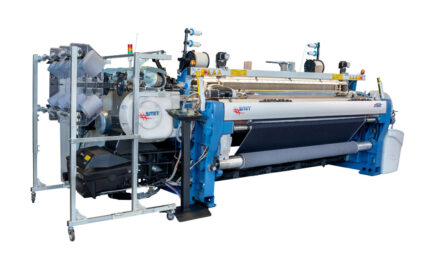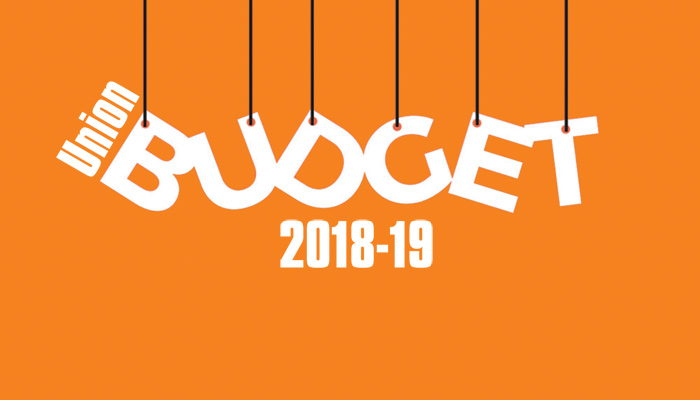 The National Cotton Council (NCC) economists have point to a few key factors that will shape the U.S. cotton industry’s 2021 economic outlook. This past year was characterised by significant uncertainty and volatility in both the global economy and the world cotton market. The most challenging issue facing the cotton market in 2020 was the pandemic.
The National Cotton Council (NCC) economists have point to a few key factors that will shape the U.S. cotton industry’s 2021 economic outlook. This past year was characterised by significant uncertainty and volatility in both the global economy and the world cotton market. The most challenging issue facing the cotton market in 2020 was the pandemic.
According to the analysis of the NCC Annual Planting Intentions survey results by Jody Campiche, Vice President, economics and policy analysis, the NCC projects 2021 US cotton acreage to be 11.5 mn acres, 5.2 percent less than 2020. The expected drop in acreage is primarily the result of strong competing crop prices. With abandonment assumed at 18.1 per cent for the US, Cotton Belt harvested area totals 9.4 mn acres. Using an average 2021 US yield per harvested acre of 855 pounds generates a cotton crop of 16.7 mn bales, with 16.3 mn upland bales and 431,000 extra-long staple bales. US cottonseed production is projected to increase to 5.2 mn tonnes in 2021, NCC said.
Regarding domestic mill cotton use, the NCC is projecting a partial recovery in US mill use at 2.8 mn bales during the 2021 crop year. US mills were severely impacted by the COVID-19 shutdowns in 2020. As one of largest markets for US cotton, US mills continue to be critically important to the health of the cotton industry, according to NCC.
World trade is estimated to be higher in the 2020 marketing year as consumption recovers from the COVID-19 pandemic. Based on sales and shipments for the year-to-date, US exports are projected to reach 15.8 mn bales in the 2020 marketing year. As a result of large carryover sales from the 2019 crop year and increased purchases from China, US export commitments and shipments have been very strong for the 2020 crop year. As of February 4, 2021, total commitments reached 14.1 mn bales while 7.8 mn bales have been shipped. Current commitments are at the highest level at this point in the marketing year since the 2010 crop year, NCC said in a report.
While export competition from Brazil remains strong, the US was able to regain market share in China in 2020 as a result of the Phase I agreement. The US also had increased opportunities for higher export sales to other markets in the 2020 crop year due to lower production in Australia, Pakistan, and Turkey. US exports are projected to drop slightly to 15.4 mn bales in the 2021 marketing year. With large stocks in other major exporting countries and a partial recovery in Australia’s production, the US will continue to face strong export competition in 2021. When combined with US mill use, total off take exceeds expected production, and ending stocks are projected to fall to 2.6 mn bales. If realised, US stocks represent one of the lowest levels in the last 20 years, according to NCC.
World production is estimated to increase by 1.5 mn bales in 2021 to 115.6 mn due to a slight increase in acreage. World mill use is projected to increase to 120.9 mn bales in 2021. Ending stocks are projected to decline by 5.4 mn bales in the 2021 marketing year to 90.4 mn bales, resulting in a stocks-to-use ratio of 74.8 per cent, Campiche said in a NCC.
Although global stocks remain high, a tighter US balance sheet, low supply chain inventories, increased purchases from China, speculative money flow, weaker US dollar, higher grain and oilseed prices, and post-COVID demand expectations are contributing to bullish sentiment for cotton prices. However, additional restrictions related to the COVID-19 pandemic, large stocks outside of China, and low man-made fibre prices could put downward pressure on cotton prices in 2021.








